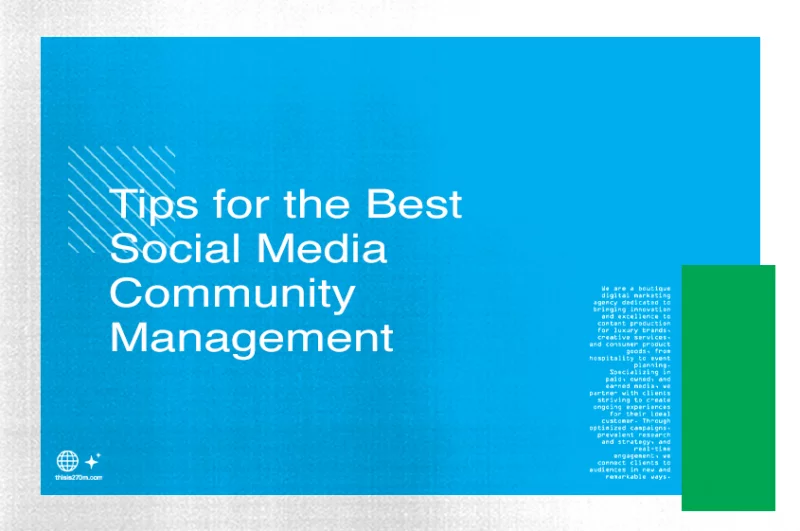Influencer Marketing: The Future of Collaborations
Influencer marketing has been a game-changer in the world of digital advertising. Over the years, it has evolved from a novel approach to a critical strategy for brands seeking to engage their target audience authentically. As we peer into the future, it’s evident that influencer marketing is set to become even more vital, offering a plethora of opportunities and collaborations that can redefine the way brands connect with their audiences.
The Evolution of Influencer Marketing
To understand the future of influencer marketing, let’s first look at its evolution. Initially, it revolved around macro-influencers, individuals with vast followings and celebrity status. While macro-influencers still play a role, the focus has shifted towards a more diverse ecosystem of influencers, including micro-influencers and even nano-influencers.
Micro-Influencers: The Sweet Spot
Micro-influencers, individuals with a smaller but highly engaged and niche-specific following, have gained prominence. Their authenticity and relatability resonate well with audiences, making them valuable collaborators for brands. In the future, we can expect brands to build long-term partnerships with micro-influencers, prioritizing authenticity over reach.
Nano-Influencers: The Hyper-Local Connect
Nano-influencers, with even smaller follower counts, are becoming essential for hyper-local and grassroots campaigns. These influencers have a highly concentrated, loyal following within their communities, making them perfect for local businesses looking to build trust and credibility.
Read Also: Affiliate Marketing for Long-Term Partnerships
The Future of Collaborations
So, what does the future hold for influencer collaborations?
1. Authenticity Reigns Supreme
In the years to come, authenticity will remain at the core of influencer marketing. Audiences are increasingly savvy and can spot inauthentic endorsements from a mile away. Brands will seek out influencers who genuinely align with their values and can deliver authentic content.
2. Long-Term Partnerships
Short-term, one-off campaigns will still have their place, but long-term partnerships will be the future norm. Brands will collaborate with influencers over extended periods, allowing for more profound connections and consistent messaging.
3. Diversification of Platforms
While Instagram and YouTube have been influencer marketing hotspots, other platforms will gain prominence. TikTok, Snapchat, and emerging platforms will offer fresh opportunities for influencer collaborations, especially when targeting younger demographics.
4. User-Generated Content Integration
Influencer-generated content will find more extensive use in brand marketing. Brands will leverage influencer-created content for their own channels, creating a cohesive narrative and building trust through social proof.
5. Data-Driven Strategies
Advanced data analytics will shape influencer collaborations. Brands will use data to identify the most effective influencers, measure campaign impact, and fine-tune their strategies for maximum ROI.
6. Inclusive Influencer Marketing
Diversity and inclusivity will become central to influencer marketing. Brands will work with influencers from diverse backgrounds, promoting inclusivity in their campaigns to connect with a wider range of audiences.
Influencer marketing is not just a trend; it’s a dynamic field that continues to evolve. The future of influencer collaborations is marked by authenticity, diversity, and data-driven strategies. As brands adapt to this changing landscape, they’ll discover new and innovative ways to connect with their target audience, making influencer marketing a cornerstone of their advertising efforts. So, whether you’re a brand looking to grow or an influencer eager to partner with like-minded companies, the future holds exciting possibilities in the world of influencer marketing collaborations.






